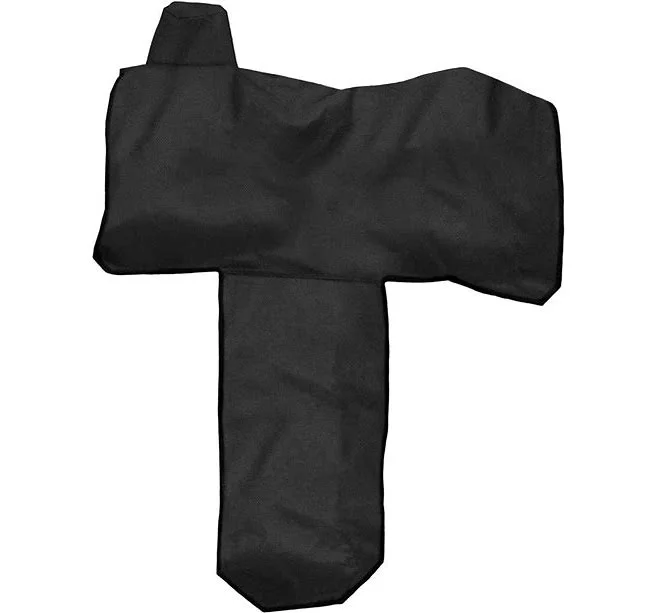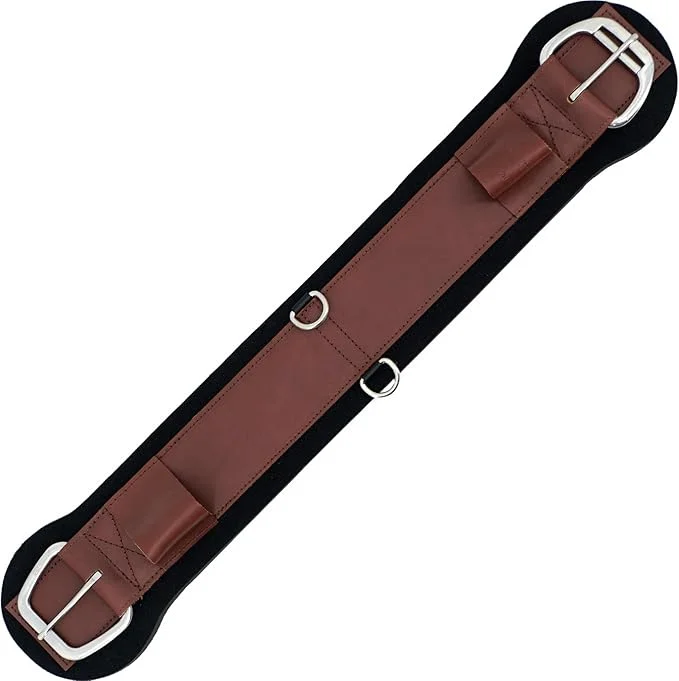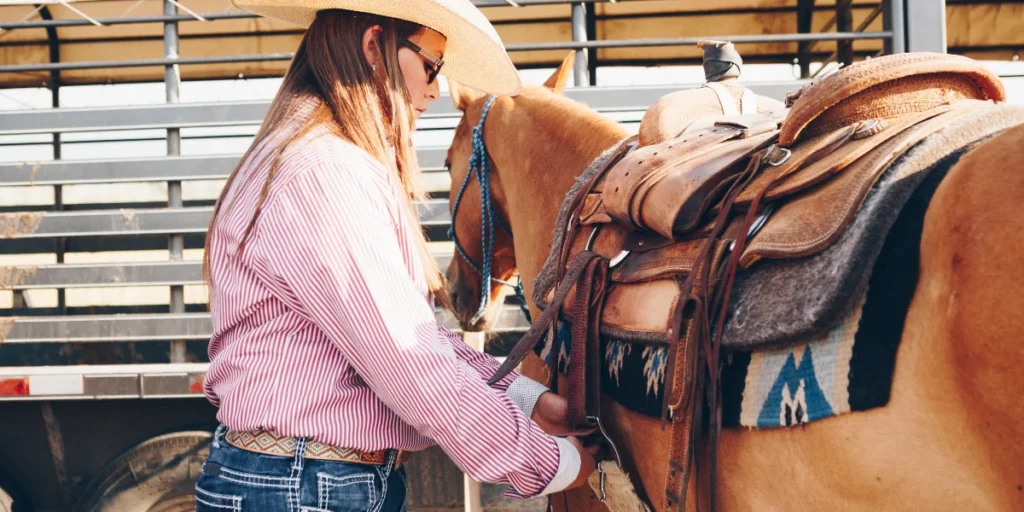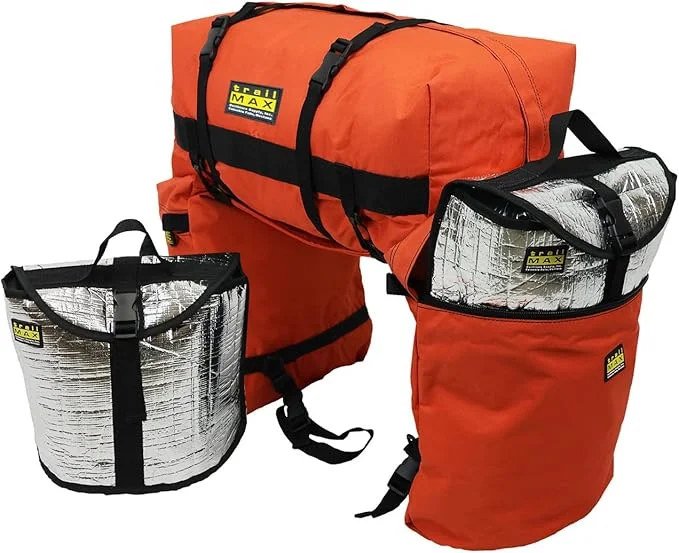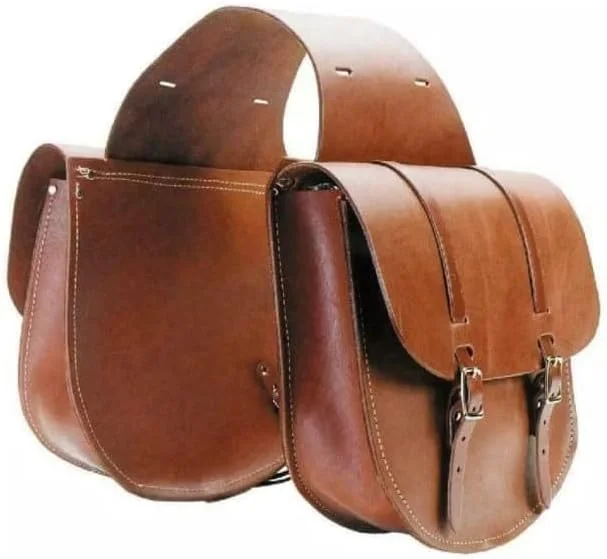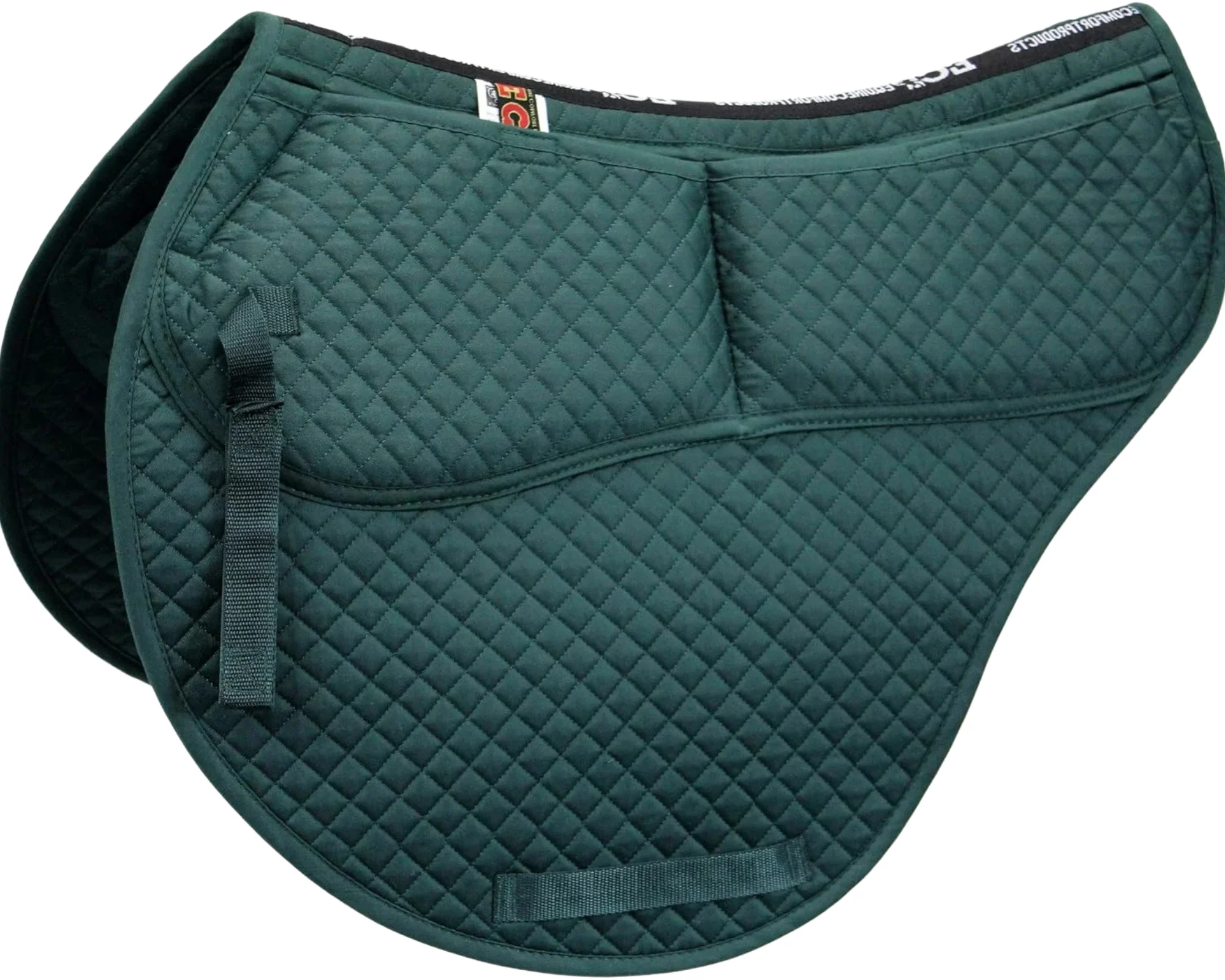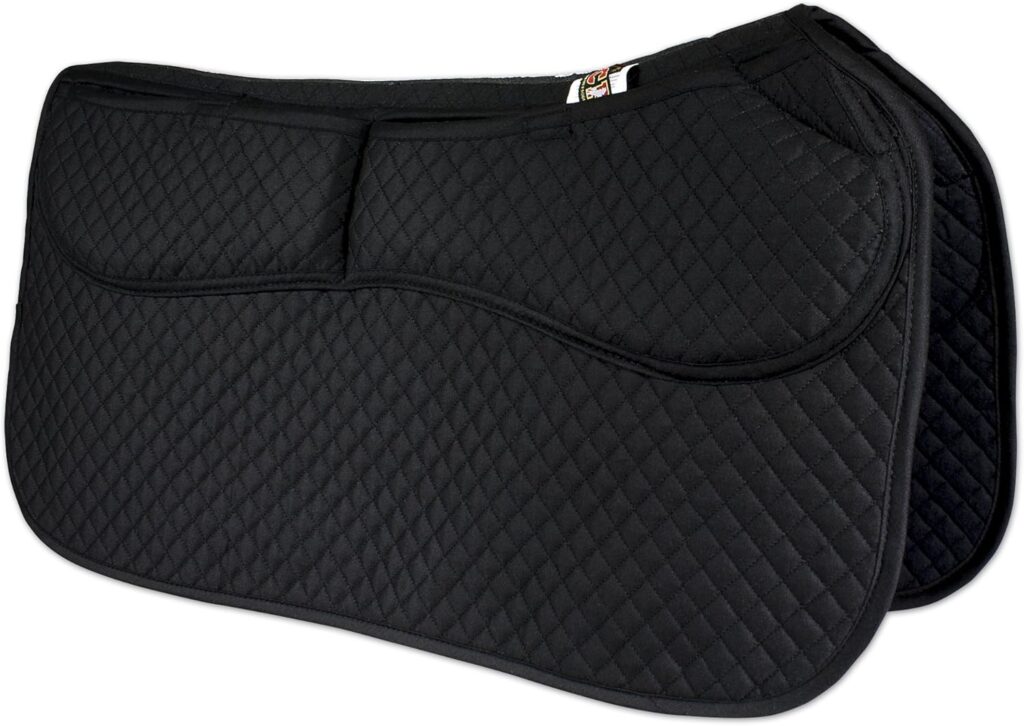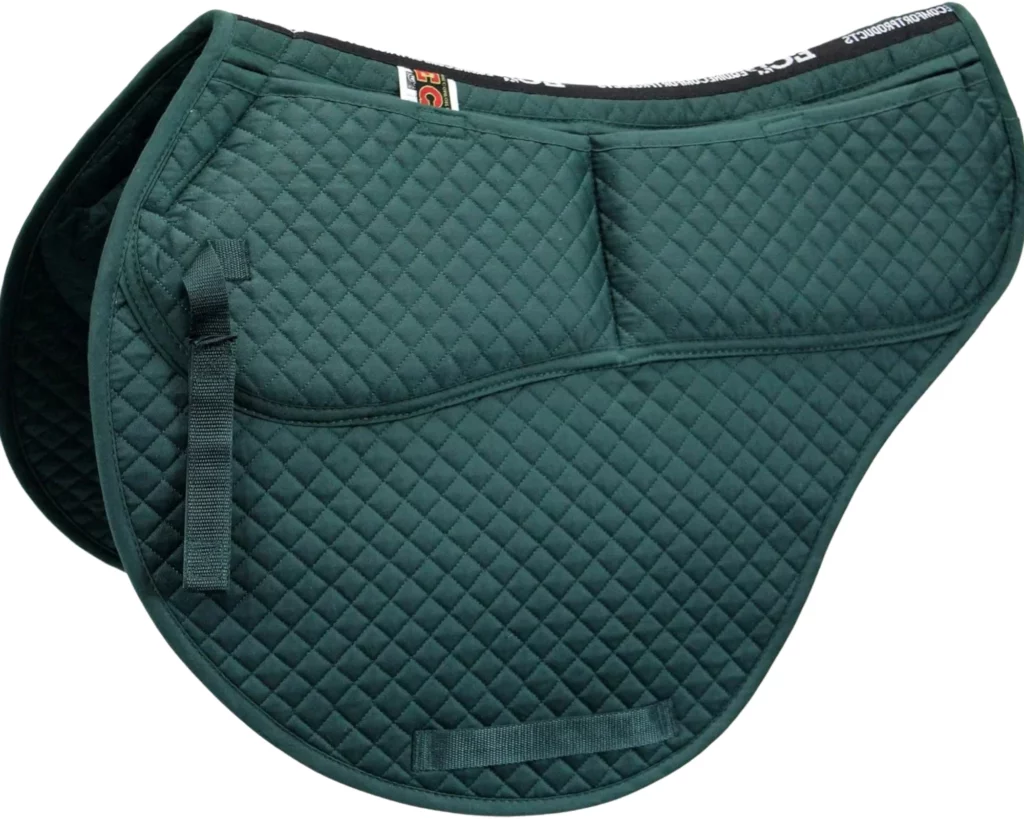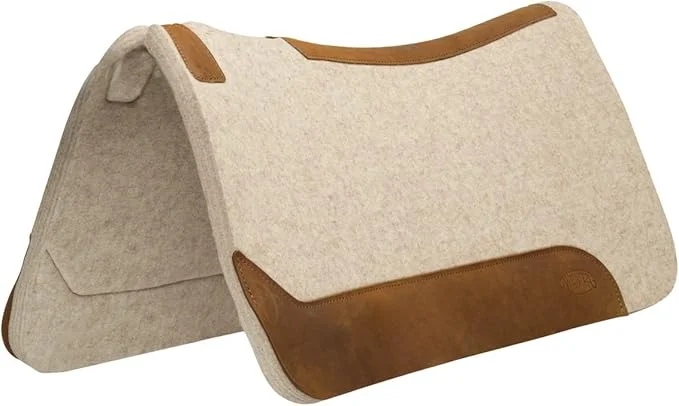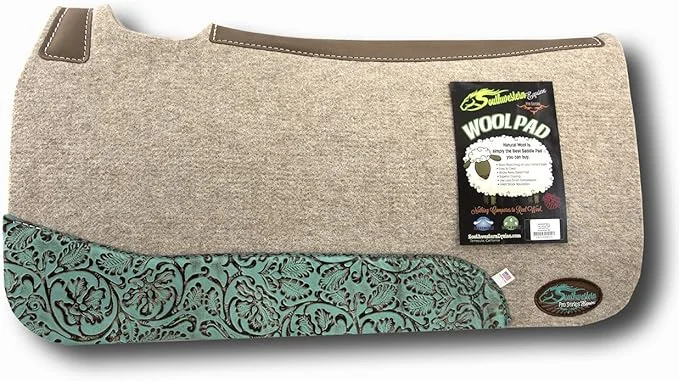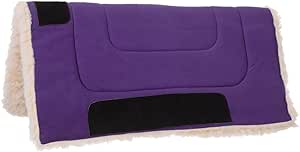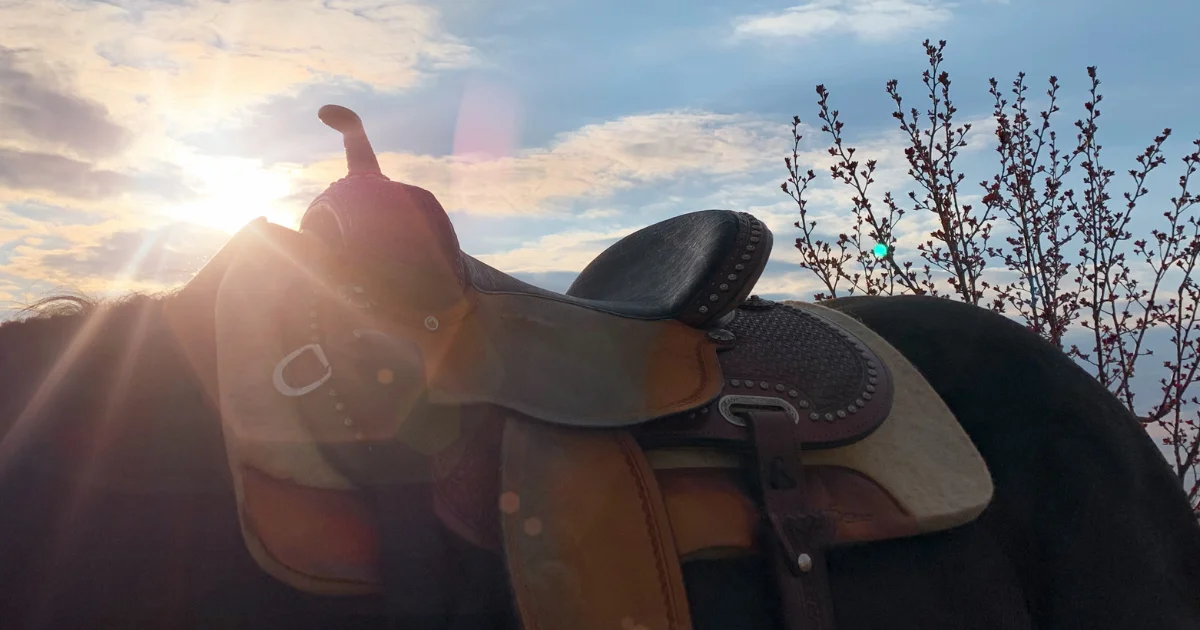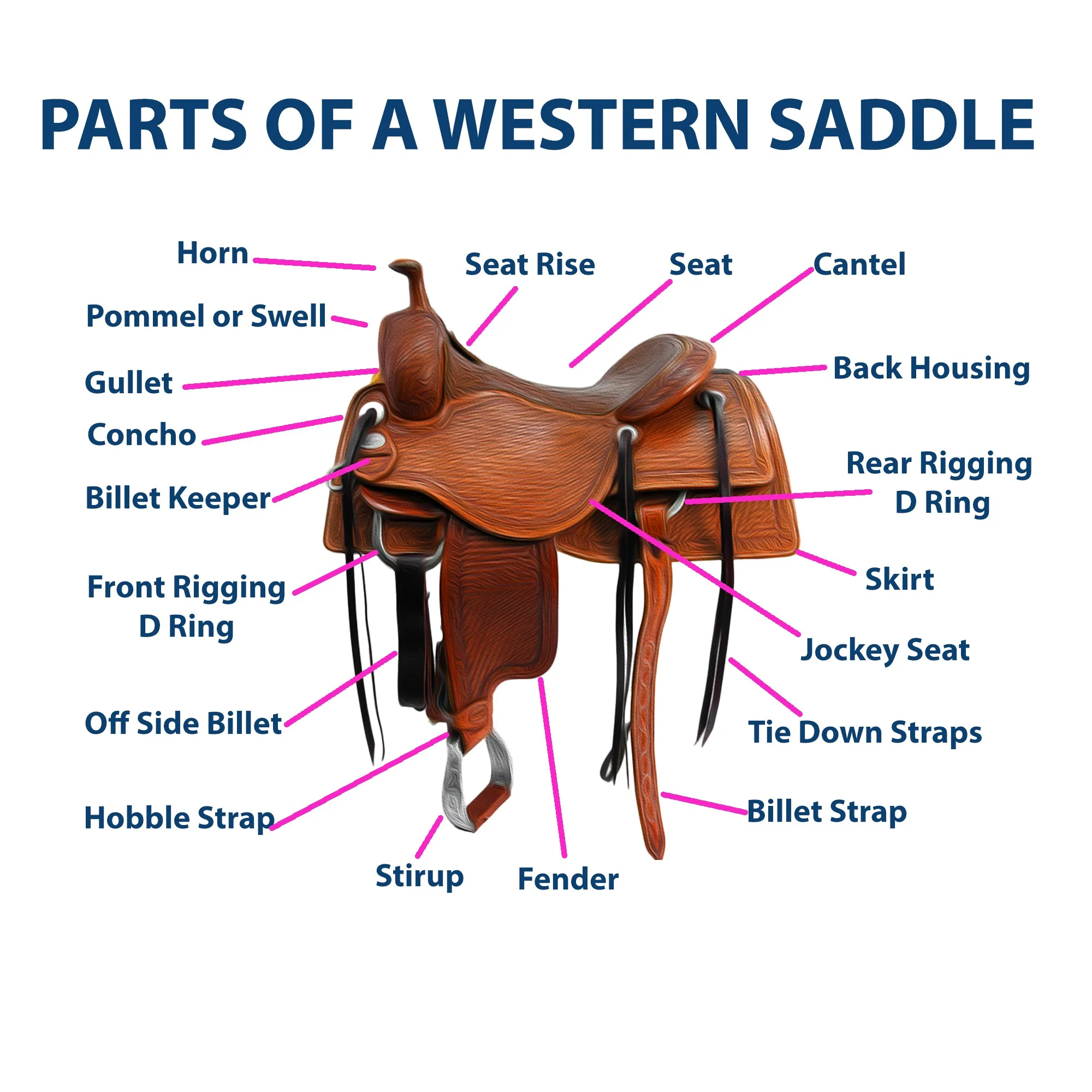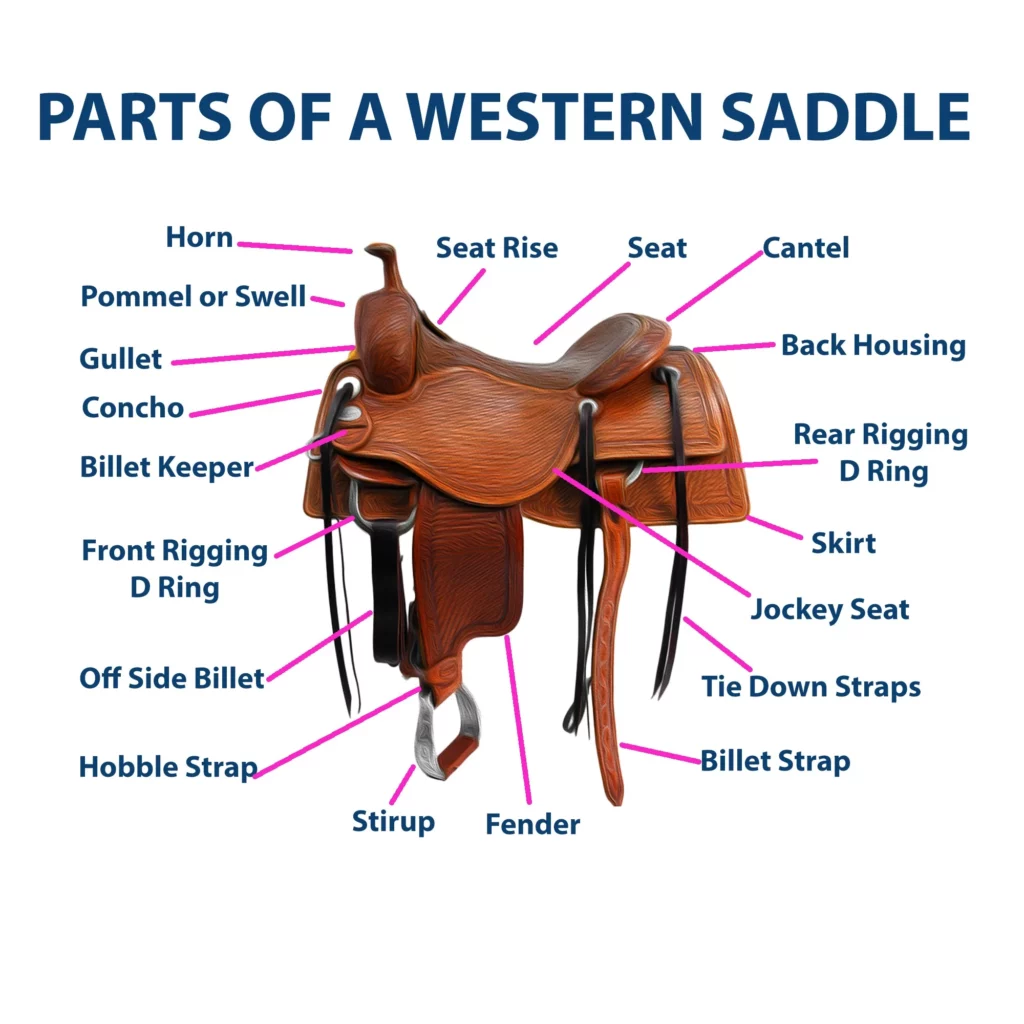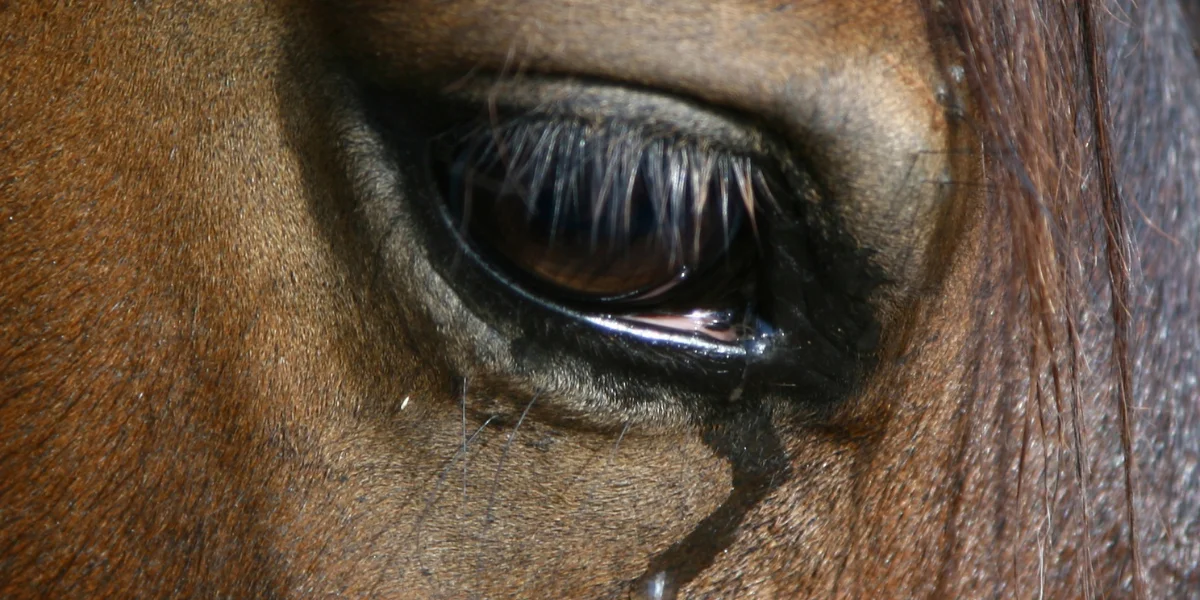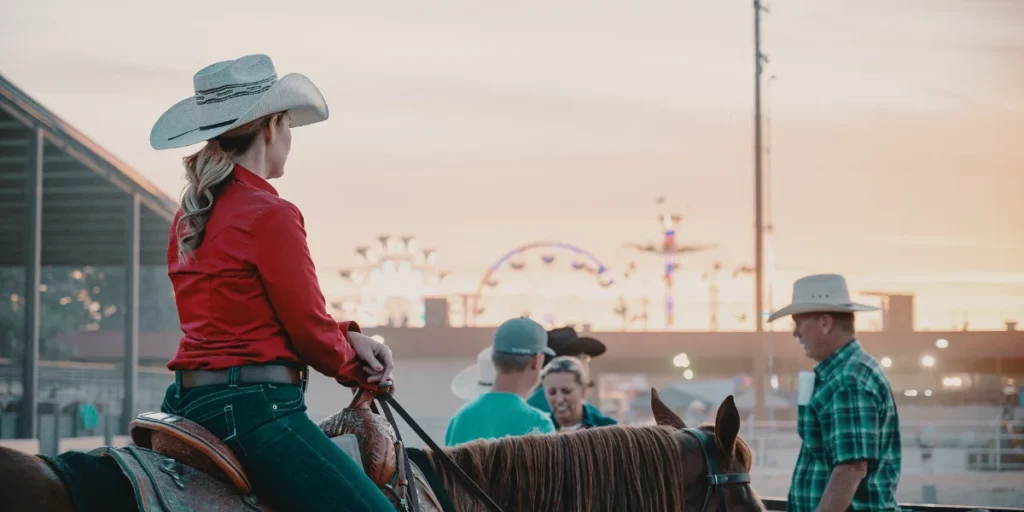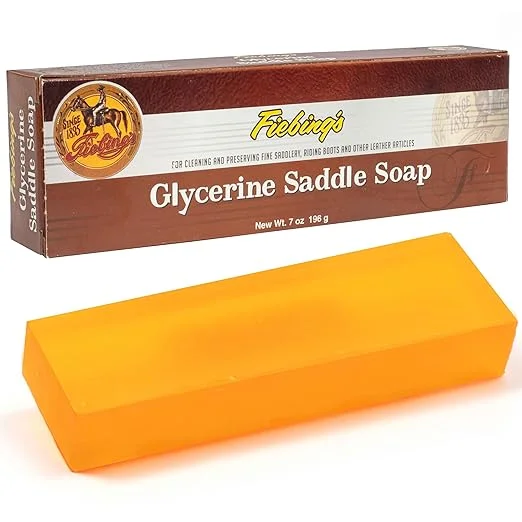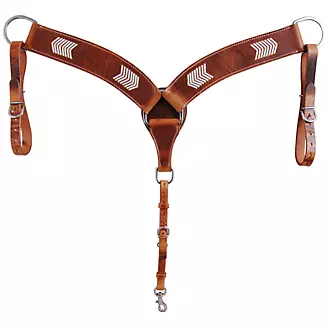
When it comes to hopping on the saddle, having the right gear is important. A Western breast collar is a great example of something that’s both useful and stylish. These collars were first used for ranch work, but over time, they’ve changed to include both traditional and modern designs.
At their core, breast collars were born out of necessity, made to keep saddles from sliding back, especially during rigorous activities. Picture a cowboy racing through rugged terrains, counting on that collar for stability. Fast forward to today, and while they still serve their original purpose, they’ve also taken on a more decorative role. Riders dress up their horses with collars that boast intricate leather carvings and flashy metal accents, aiming to catch eyes in the show ring.
With so many options out there, it’s like choosing a piece of art for your horse. Different materials like high-quality leather, durable synthetics, or even eco-friendly alternatives cater to diverse tastes and needs. Each kind brings its own vibe, from rugged authenticity to modern elegance.
So if you’re thinking of adding one to your collection it’s good to know how they fit into the bigger picture. Besides helping with slippage, they distribute pressure evenly, making them a wise choice for both the horse’s comfort and your peace of mind. In the ever-evolving landscape of equestrian equipment, Western breast collars stand out, blending history, utility, and flair into one perfectly crafted piece.
Functional Benefits of Western Breast Collars
Think of a Western breast collar as your go-to safety net in horseback riding, especially when you’re dealing with challenging terrains or unpredictable movements. It’s not just about looks—these collars are all about preventing that dreaded saddle slip that could derail a comfortable ride. When a saddle decides to move backward, it doesn’t just mess with your seating; it can mean discomfort for your horse too.
But, is a breast collar always necessary? No not really. Some horses carry saddles without any issues, but if you’ve experienced any unwanted movement, it’s a wise choice to add one to your tack list. Picture galloping up a steep hill or dealing with sudden halts—moments where you lean on that collar to keep everything intact. It’s a game changer for those who love adventure and performance riding.
How does a breast collar make life easier for your horse?
It offers support without barricading movement. A well-fitted collar doesn’t cramp the horse’s shoulder muscles and gives them the freedom to run and stride naturally with ease. Riders across different disciplines rave about this balance, noting how it lets them focus on technique without worrying about gear slips.
Experts and seasoned riders often share how these collars feel like the unsung hero on the trail. They talk about noticing a positive change in their horses’ performances and attitude during rides, just by adding this piece to their ensemble. It’s stories and personal insights from the field that truly highlight the collar’s worth, making it more than just another accessory to just hang around the barn.
Choosing the Right Western Breast Collar for Your Horse
For those who spend their days on the ranch or need that extra shoulder room, the Pulling Breast Collar is a trusty companion. he breast collar is commonly used with both English and Western saddles. In Western disciplines that involve working with cattle, a thicker and more durable design is preferred for added strength and support.
The pulling breast collar is especially popular among Western riders, particularly ranchers and ropers. This style sits slightly above the horse’s shoulders and fastens around the saddle’s pommel. Those who favour the pulling breast collar believe it provides greater freedom of movement in the shoulders and improved leverage when pulling, making it a practical choice for demanding tasks.
Roping breast collars are designed to handle the intense demands of roping. Built for durability, they withstand the sudden movements and high pressure involved in working with cattle. These collars typically feature a wider, more robust strap to provide enhanced support and stability. Many also have a contoured chest piece for added comfort and to prevent rubbing during rigorous manoeuvres. Reinforced stitching or additional strengthening is often incorporated to ensure they hold up under the strain of roping
If comfort on long rides is what you’re after, the Trail or Pleasure Breast Collar steps up. Lightweight options like nylon or neoprene make these great for your horse when you’re navigating varied terrains.
Show Breast Collars blend functionality with flair, making them a hit in competition rings. These collars don’t just look good – with their embellishments and designs, they also keep the saddle in place during showtime.
Analyzing what each collar type offers can help narrow down the perfect pick. It’s all about knowing the demands of your riding environment and matching them with a collar that keeps both you and your horse comfortable.
Key Components of a Breast Collar
To understand the functionality of a Western breast collar, it’s essential to familiarize yourself with its various components. The main parts of a Western breast collar include:
- Collar Strap: This is the central strap that goes across the horse’s chest, typically made of leather. It is the primary means of securing the breast collar in place.
- Tug Straps: These are the straps that attach the collar strap to the saddle. They extend from the collar strap down to the saddle’s rigging rings or D-rings on both sides.
- Dee Rings: These are metal rings located on both sides of the saddle, to which the tug straps are attached. They provide a secure connection between the breast collar and the saddle.
- Chest Piece: Some Western breast collars feature a padded or contoured chest piece that rests against the horse’s chest. This provides additional comfort and helps prevent rubbing or chafing.
Understanding the different parts of a Western breast collar will enable you to properly fit and adjust it to ensure optimal comfort and functionality for your horse. In the next sections, we will explore the various types of Western breast collars, each designed for specific riding disciplines and preferences.
Frequently Asked Questions About Western Breast Collars
Getting the fit just right is a common concern when it comes to Western breast collars. Ensuring it’s snug without chafing your horse’s skin requires a bit of wisdom. Tailor it so there’s enough wiggle room—a fist space at the chest and a hand’s width at the withers should do the trick. This keeps things comfortable, allowing for easy movement.
Taking a bit of time to maintain your collar can seriously extend its life. A little care with regular cleaning and conditioning keeps that leather soft and the synthetic sturdy. Dirt and sweat buildup can weaken materials, so a quick wipe-down post-ride is a smart habit.
A lot of misconceptions float around about the necessity of a breast collar. The truth? It all boils down to how often your saddle decides to shift around. For those who rarely experience slippage, it’s more of a stylistic choice. Others find it indispensable for their peace of mind, especially during dynamic rides.
Fitting A Breast Collar
A step by step video on how to fit a breast collar https://youtu.be/MwfYNStUUDs
Final Thoughts?
If you found this guide helpful, I’d love to hear from you! Share your experiences with different breast collars in the comments below—what style works best for you and your horse? Don’t forget to explore the rest of the site for more Western riding tips, gear recommendations, and expert advice.
Affiliate Disclosure – And last but not least, when you click on links and make a purchase through our site, you’re helping support our work at no extra cost to you! This allows us to keep bringing you the best products and helpful insights. It’s a win-win—improving your equestrian game while supporting our blog. Thanks for being part of the RideInStyleSaddles community!

